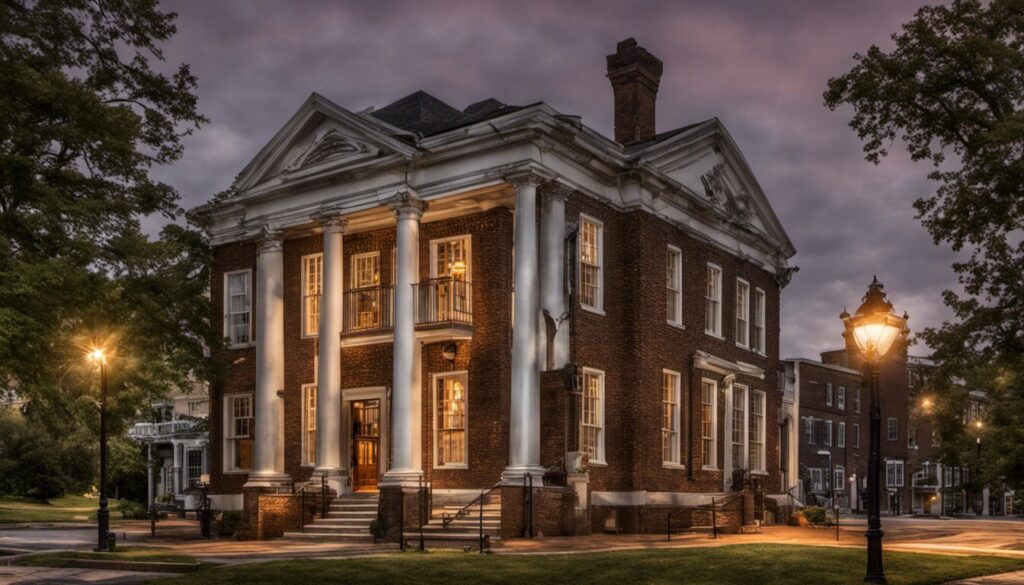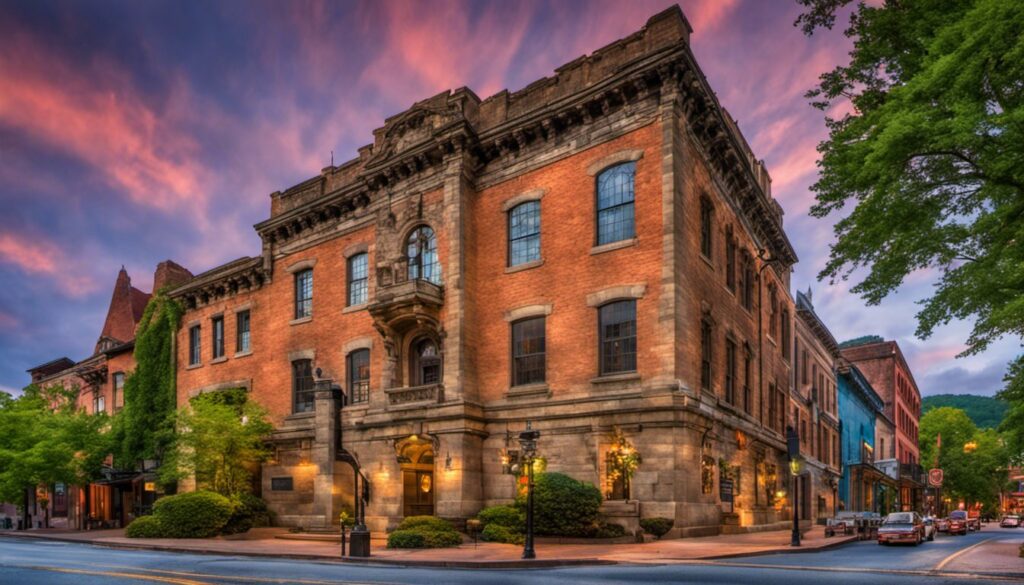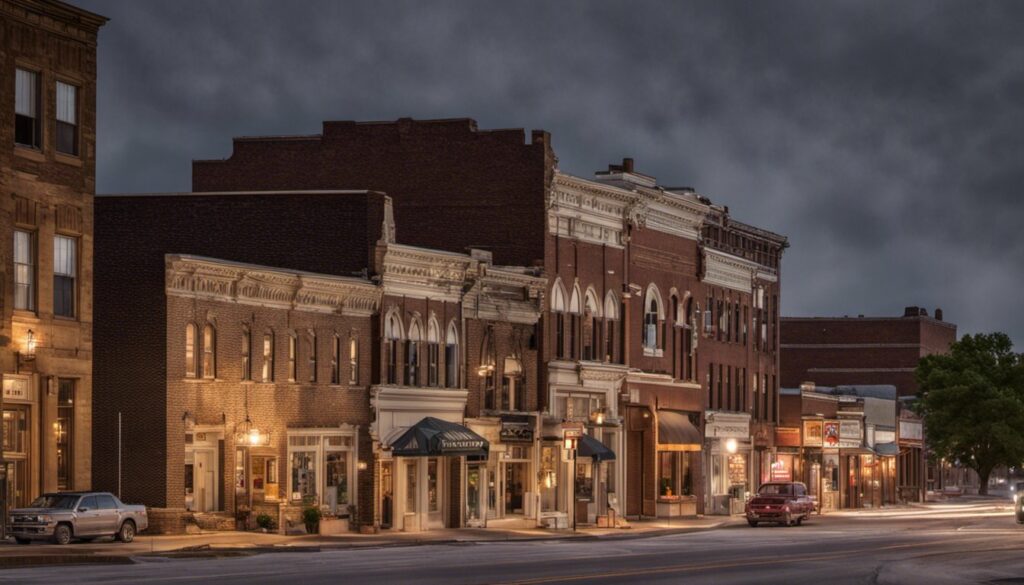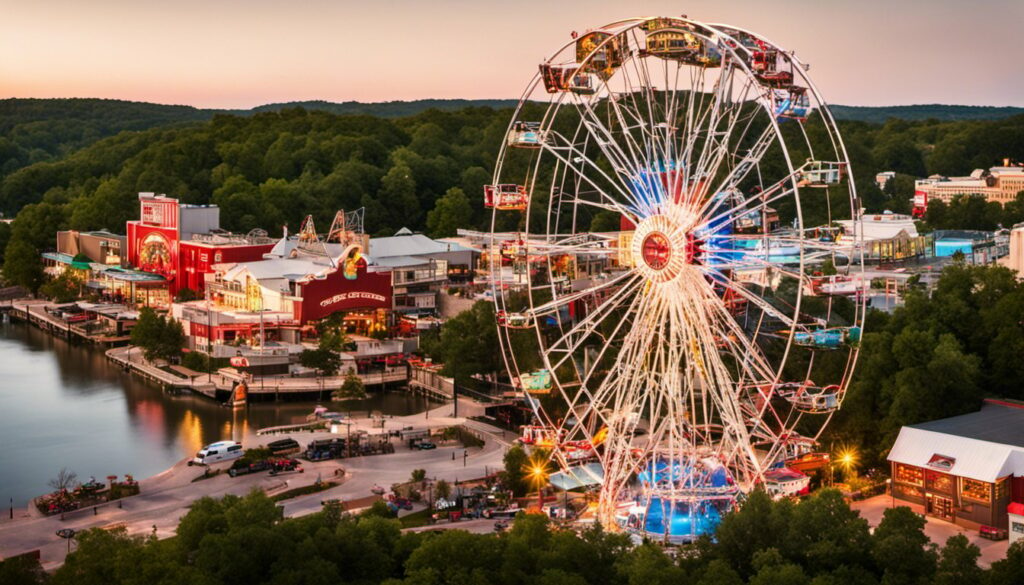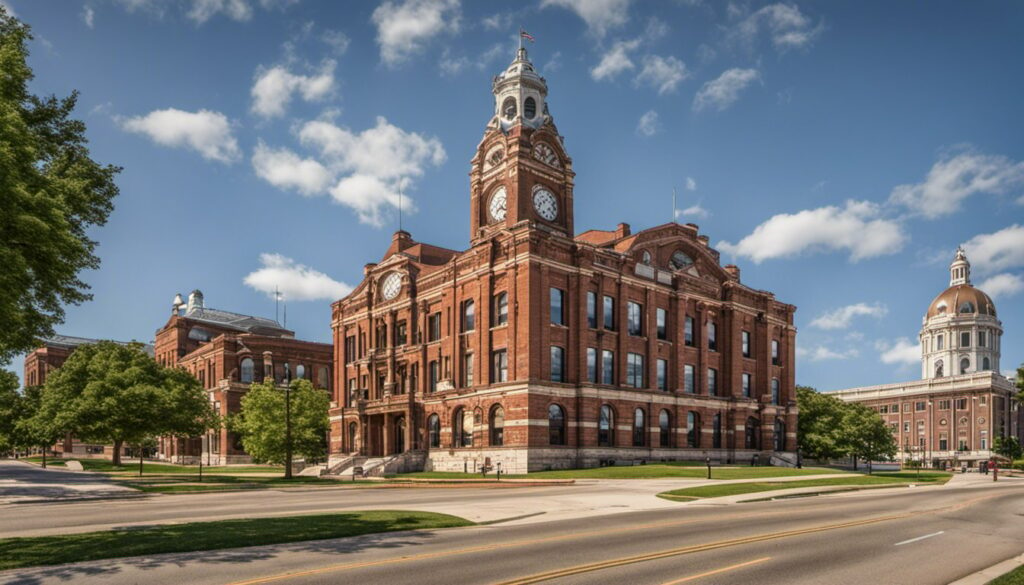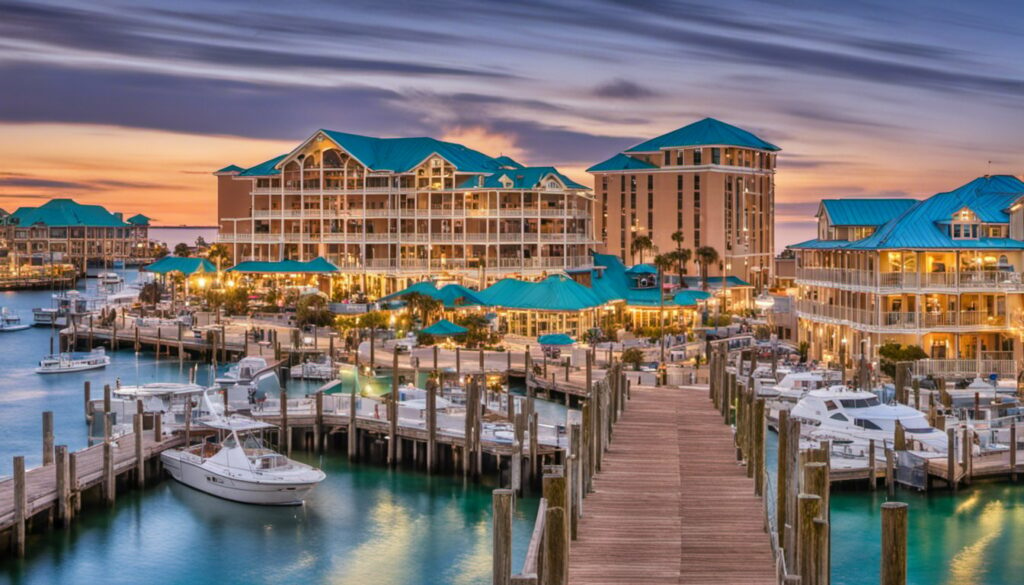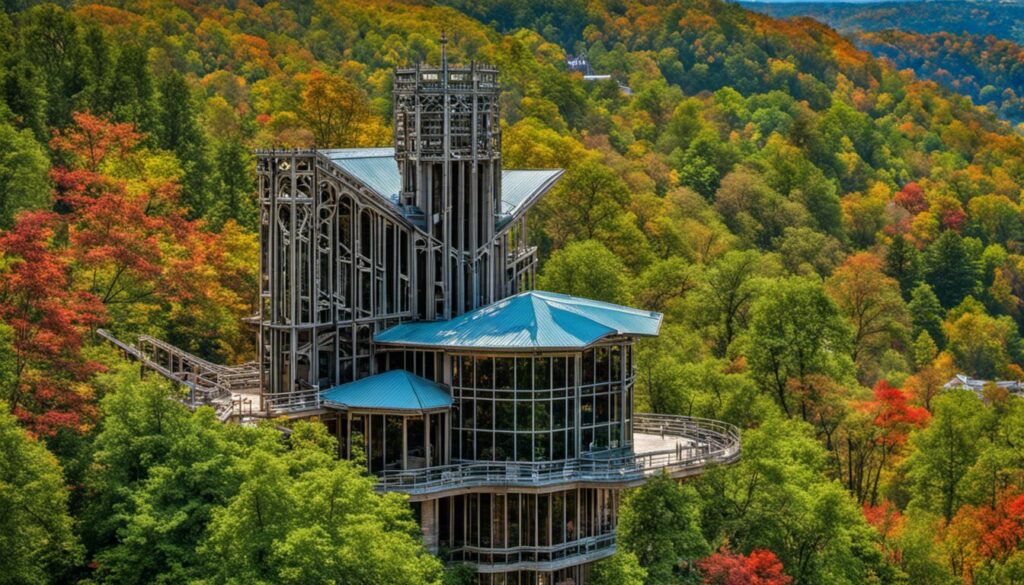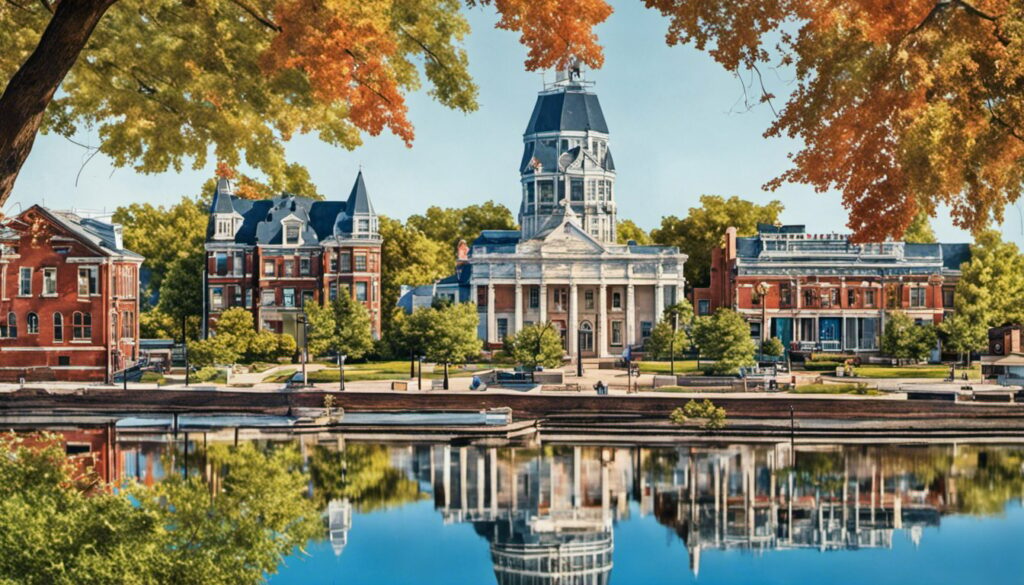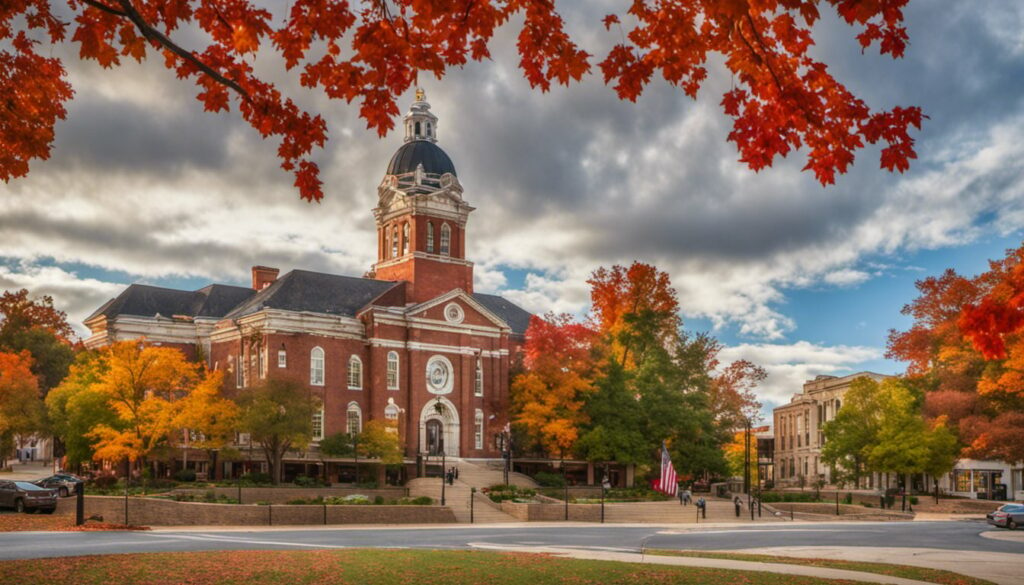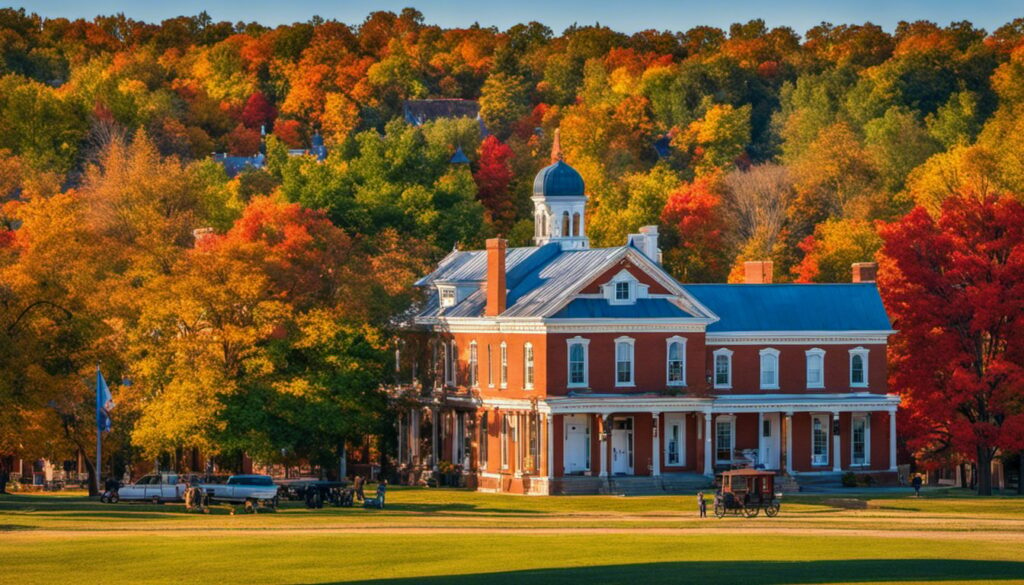
Table Of Content
- Discover the Best: Listicle of Historical Sites and Famous Landmarks in Newark, Delaware
- Exploring Newark: A Journey Through Time
- Historic Landmarks in New Castle County
- University of Delaware: An Institution with History
- The Influence of the DuPont Family
- Historic Sites in Wilmington and Dover
- Delaware’s Role in American History
- Preservation of Historic Sites in Delaware
- Frequently Asked Questions
Discover the Best: Listicle of Historical Sites and Famous Landmarks in Newark, Delaware

Exploring Newark: A Journey Through Time
Newark, Delaware is a city steeped in history. From the colonial era to the present day, Newark has been a hub of activity, culture, and commerce. Exploring Newark is a journey through time, taking you from the city’s earliest days to its modern landmarks.
White Clay Creek State Park

One of the most beautiful and historic places to visit in Newark is White Clay Creek State Park. This park is a nature lover’s paradise, with miles of hiking trails, picnic areas, and scenic views. But it’s also a place with a rich history. The park was once home to the Lenape people, who used the land for hunting and fishing. Later, the area was settled by European colonists, who established farms and mills along the creek.
Old Baltimore Pike

Another must-see destination in Newark is Old Baltimore Pike. This historic road was once a major thoroughfare for travelers and merchants, connecting Baltimore and Philadelphia. Today, you can still see many of the original buildings and landmarks along the road, including the 1798 Cooch’s Bridge, which played a key role in the Revolutionary War.
As you explore Newark, you’ll discover many other historic places and landmarks, each with its own unique story to tell. From the Newark Heritage Trail to the Old College Historic District, there’s no shortage of fascinating sights to see in this city. So grab your walking shoes and get ready to take a journey through time in Newark, Delaware.
Historic Landmarks in New Castle County

If you’re a history buff, you’ll love exploring the many historic landmarks in New Castle County. From the New Castle Court House to the Jacob Broom House, there’s no shortage of fascinating sites to visit and explore.
New Castle Court House

One of the most iconic landmarks in New Castle County is the New Castle Court House. This historic building was constructed in 1732 and served as the center of government for the state of Delaware until 1777. Today, visitors can explore the building and learn about its rich history through guided tours and exhibits.
New Castle Historic District

Another must-see landmark in New Castle County is the New Castle Historic District. This charming area is home to more than 500 historic buildings, including some dating back to the 17th century. Take a stroll down the cobblestone streets and admire the beautiful architecture of the homes and businesses in the area.
Jacob Broom House

Last but not least, the Jacob Broom House is another historic landmark that’s worth a visit. This beautiful home was built in the late 18th century and was once owned by Jacob Broom, a signer of the United States Constitution. Today, visitors can tour the home and learn about Broom’s life and contributions to American history.
Whether you’re a history buff or just looking for a fun and educational day out, the historic landmarks of New Castle County are sure to impress. So why not plan a visit today and experience the rich history of this fascinating area for yourself?
University of Delaware: An Institution with History

If you’re looking for a historical site to visit in Newark, Delaware, look no further than the University of Delaware. Founded in 1743 as a private academy, the University of Delaware has a long and storied history that spans nearly three centuries.
Delaware College

In 1834, the school became Delaware College, a degree-granting institution. This was an important milestone in the history of the University of Delaware, as it marked the beginning of the school’s transition from a small private academy to a full-fledged college.
Over the years, Delaware College continued to grow and evolve. In 1843, it was renamed the University of Delaware, and in 1867, it was designated one of the nation’s historic Land Grant colleges.
A Legacy of Excellence

Today, the University of Delaware is a world-renowned institution with a legacy of academic excellence. It is classified among “R1: Doctoral Universities – Very high research activity,” and according to the National Science Foundation, it spent $186 million on research and development in 2018, ranking it 119th in the nation.
But despite its many achievements and accolades, the University of Delaware has never forgotten its roots. It remains committed to providing a quality education to all who seek it, just as it did when it was founded nearly three centuries ago.
So if you’re interested in history and looking for a great place to visit in Newark, Delaware, be sure to check out the University of Delaware. With its rich history and commitment to excellence, it’s sure to be an experience you won’t forget.
The Influence of the DuPont Family

The DuPont family has had a significant impact on the history of Newark, Delaware. The family’s legacy can be seen in various landmarks and historical sites throughout the city, including the Hagley Museum.
Hagley Museum

The Hagley Museum is a must-visit destination for anyone interested in the history of the DuPont family. The museum is situated on the site of the original DuPont gunpowder mills and was established in 1957 by the DuPont family. The museum features a range of exhibits that showcase the family’s history and contributions to the American chemical industry.
One of the highlights of the museum is the DuPont Company Garden, which was originally designed by Victorine DuPont Bauduy, the wife of Pierre S. du Pont. The garden features a range of plants and flowers that were popular during the 1800s and early 1900s.
Another popular attraction at the Hagley Museum is the DuPont Powder Yard, which was the site of the original DuPont gunpowder mills. Visitors can take a guided tour of the powder yard and learn about the history of the mills and the role they played in the American Revolution.
Overall, the Hagley Museum is a fascinating destination that offers a glimpse into the history of the DuPont family and their impact on the development of Newark, Delaware. Whether you’re a history buff or simply looking for an exciting and educational day out, the Hagley Museum is definitely worth a visit.
Historic Sites in Wilmington and Dover

If you’re a history buff, you’re in luck because Wilmington and Dover are home to several historic sites that are worth visiting. Here are some of the most notable ones:
Fort Christina

Fort Christina is a historic site located in Wilmington, Delaware. It was built in 1638 by the Swedes and Finns who were the first European settlers in the area. The fort was named after Queen Christina of Sweden and served as a trading post and military outpost. Today, the site is a National Historic Landmark and is open to the public for tours. You can learn about the history of the fort and the early settlers who lived there.
The Green

The Green is a historic park located in Dover, Delaware. It was established in the early 18th century and was used as a public gathering place. The Green has been the site of many important events in Delaware’s history, including political rallies and military drills. Today, the park is a popular spot for picnics and outdoor concerts. You can also take a guided tour of the area to learn more about its history.
John Dickinson Plantation

The John Dickinson Plantation is a historic site located in Dover, Delaware. It was the home of John Dickinson, a Founding Father of the United States who was known as the “Penman of the Revolution.” The plantation was built in the mid-18th century and was used as a working farm. Today, the site is open to the public for tours, and you can learn about the life and legacy of John Dickinson.
Overall, Wilmington and Dover are home to several historic sites that are worth visiting. Whether you’re interested in early European settlement or the American Revolution, there’s something for everyone. Make sure to add these sites to your list of must-see attractions when you visit Delaware.
Delaware’s Role in American History

Delaware played a significant role in American history, from its early colonial days to the American Revolution and World War II. Here are some key moments in Delaware’s history that shaped the nation.
Colonial America

Delaware was originally settled by the Dutch in the early 1600s, but it was later claimed by the English and named after Virginia’s governor, Lord De La Warr. In 1704, Delaware became a separate colony from Pennsylvania, and it was later granted its own assembly in 1708.
One of the most notable landmarks from Delaware’s colonial period is the Old Swedes Church in Wilmington. Built in 1698, it is one of the oldest surviving churches in the United States and a symbol of Delaware’s early religious heritage.
American Revolution

Delaware played a key role in the American Revolution. In 1776, Delaware declared independence from Great Britain, becoming the first state to do so. The state’s most famous Revolutionary War hero is Caesar Rodney, who rode 80 miles through a thunderstorm to cast the deciding vote for independence in the Continental Congress.
Another important landmark from this period is the John Dickinson Plantation in Dover. John Dickinson was a founding father of the United States and one of the most important political figures of the American Revolution. The plantation is a testament to his life and legacy.
World War II

During World War II, Delaware played a vital role in America’s war effort. The state was home to several military installations, including Fort Miles and the New Castle Army Air Base. These installations played a crucial role in defending the East Coast from German U-boats and other threats.
One of the most famous landmarks from this period is the Kalmar Nyckel, a replica of a 17th-century Dutch ship that played a key role in Delaware’s early history. Today, visitors can take a pirate sail aboard the Kalmar Nyckel and learn more about Delaware’s rich maritime heritage.
Overall, Delaware’s role in American history is an exciting and important part of the nation’s story. From its early colonial days to the American Revolution and World War II, Delaware has played a key role in shaping the United States into the country it is today.
Preservation of Historic Sites in Delaware

As a history buff, you’ll be happy to know that Delaware takes the preservation of its historic sites very seriously. From the National Register of Historic Places to private organizations, there are many entities working to ensure that Delaware’s rich history is preserved for future generations.
National Register of Historic Places

One of the most important resources for historic preservation in Delaware is the National Register of Historic Places. This program, run by the National Park Service, recognizes buildings, structures, sites, and objects that are significant to American history, architecture, archaeology, engineering, and culture. Delaware has over 1,000 properties listed on the National Register, including many in Newark.
Preservation Efforts

In addition to the National Register of Historic Places, there are many other organizations working to preserve Delaware’s historic sites. Private organizations like the Delaware Historical Society and the Preservation Delaware work to promote awareness of the state’s rich history and advocate for the preservation of important sites.
The Delaware Public Archives is another important resource for those interested in Delaware’s history. This state agency is responsible for collecting, preserving, and making available to the public records of enduring historical value. The archives contain a wealth of information about Delaware’s past and are an important resource for researchers and historians.
Preservation efforts in Delaware are also supported by funding from the General Assembly. The state provides grants for historic preservation projects, which can help to fund the restoration and maintenance of historic sites. These grants are awarded based on the quality of the proposed project and its potential impact on the community.
Overall, Delaware’s commitment to historic preservation is something to be excited about. With the help of organizations like the National Register of Historic Places, private organizations, and state agencies like the Delaware Public Archives, the state’s rich history is being preserved for future generations to enjoy.
Frequently Asked Questions
What are some must-see historical sites in Newark, Delaware?
If you are interested in history, there are several must-see historical sites in Newark, Delaware. The Newark History Museum, the Iron Hill Museum, and the University of Delaware’s Old College are some of the most popular ones. Each of these sites offers a unique glimpse into the history of Newark and the surrounding area.
Which landmarks in Newark, Delaware have the most interesting history?
Newark, Delaware is home to many landmarks with fascinating histories. The Newark Reservoir, the Newark Opera House, and the Newark Courthouse are just a few examples. Each of these landmarks has played a significant role in the development of Newark and the surrounding area.
What makes Newark, Delaware’s landmarks unique compared to other cities?
Newark, Delaware’s landmarks are unique because they reflect the city’s rich history and culture. Many of these landmarks have been preserved for decades, and they offer a glimpse into the city’s past. Additionally, Newark’s landmarks are diverse and include everything from historic buildings to natural landmarks.
Are there any hidden gems among Newark, Delaware’s historical sites?
Yes, there are several hidden gems among Newark, Delaware’s historical sites. The White Clay Creek State Park, the Newark Reservoir, and the Cooch’s Bridge Battlefield are just a few examples. These sites are often overlooked by tourists but are well worth a visit.
What are some of the oldest landmarks in Newark, Delaware?
Newark, Delaware is home to many historic landmarks, some of which date back to the 18th century. The Cooch’s Bridge Battlefield, the Iron Hill Museum, and the Newark Courthouse are just a few examples. These landmarks have played a significant role in the development of Newark and are an important part of the city’s history.
How have Newark, Delaware’s historical sites shaped its culture and identity?
Newark, Delaware’s historical sites have played a significant role in shaping the city’s culture and identity. These sites reflect the city’s rich history and provide a sense of continuity with the past. Additionally, they serve as a reminder of the city’s unique character and the importance of preserving its heritage.

